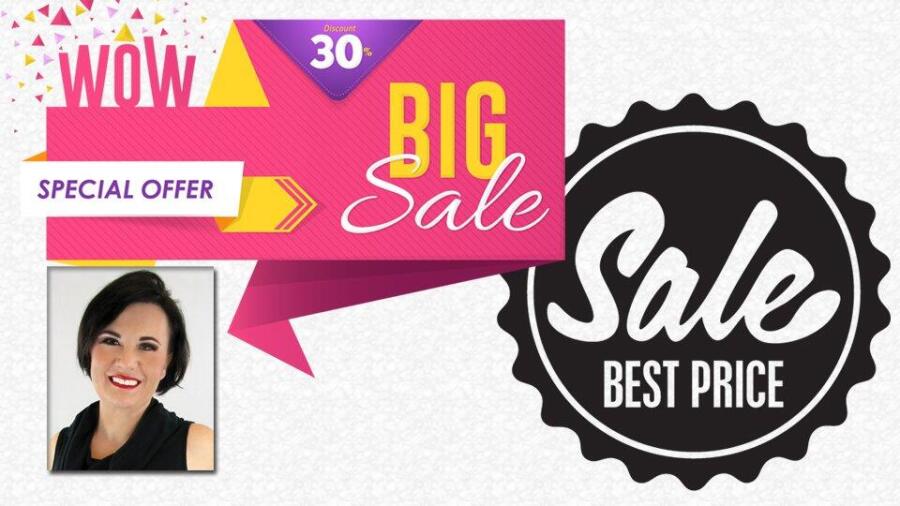With “Anal August” coming up, it had me thinking about the different retail holidays that are generally celebrated and how they translate from mass to adult retail and vice versa. These holidays generate high-volume transactions that — aside from Halloween costumes — are typically impulse purchases of $20 or less.
Does anyone need a themed item for each holiday, to be cool? Probably not, but it’s fun to celebrate and that proves these items do exactly what they are intended to do. Themed products give the consumer a tangible connection to a holiday, giving it visual and emotional representation. These items aren’t just for the consumer to enjoy; they make a statement about who we are — a voice in a silent audience.
Themed products give the consumer a tangible connection to a holiday, giving it visual and emotional representation.
Every six to eight weeks, big-box retailers are rolling out new campaigns centered around upcoming holidays or events. These types of campaigns take a ton of resources, and that doesn’t equate to just money.
From a manufacturing standpoint, these holiday rollouts must be planned, executed and essentially completed by the time they are ready to begin. This takes resources away from essential everyday work. You are pulling people from product development, marketing, sales, planning, finance and shipping. Holiday merchandise and planning also carries a longer payoff time. You pay for all the up-front costs and wait 90-plus days longer to see revenue come in than a normal ROI schedule on a commonly produced item.
For once I think adult retailers have it a little easier. We can piggyback off the activity of major retailers to drive business into adult brick-and-mortar locations, feeding off “campaign energy” to catch a buzz with your audience. Below are some different ideas on how to participate in holiday campaigns on a variety of budgets.
Social Media. It costs nothing to make and maintain a social media account. There are apps or programs that allow you to re-post activity from your favorite brands onto your own page. This gives your social media a professional feel without spending a ton of money. It also keeps your branding uniform with the manufacturer making you a credible reseller. For a grassroots marketing approach, link up with a few other retailers or manufacturers to share databases. If you can offer a customer more valuable content for their viewing time, they will more likely retain the information you are trying to share.
In-store events. Creating themed displays are great ways to narrow down your product selection quickly for customers and give an organized and polished look to specific merchandise. Take it to the next level by creating an interactive customer experience. Can the customer see, touch, feel, create and experience the product and its product family outside of the packaging? Is it a solution-oriented display? Does the customer have a minimum level of engagement to receive free promo merchandise or materials? Store props don’t necessarily have to be expensive or high-end; they simply need to be a vessel in helping the customer create their own emotional connection with the product.
Community involvement. If you can’t bring people to your store or site, go to them! It’s not hard to find events, organizations, or charities that play host to your audience. Find an opening to volunteer or participate at an event. Let people know this event matters to your business and how they can join you.
Partner with your manufacturers, distributors or suppliers. See if they have any gratis material or heavily discounted items you could pick up to help drive sales for the event.
Promotional material. It’s out there, in one form or another. Utilize what your above-mentioned partners have, in digital form or printed. If you have access to any digital library images, you can make your own social media or in-store promotional material.
Build the sale. You may not have any specifically-themed merchandise in your store or on your website. It may not make fiscal sense to carry fast fashion or impulse items of that nature. Find complementary items in your store that can be offered as an alternative or great add-on to something the customer may already own.
You may not be prepared for Anal August, but that’s OK. If not, what better month to launch new ideas in your stores and online platforms? Anal is one of the top-three selling categories right now; timing could not be better to take advantage of this market. Which upcoming holidays and product categories will turn the biggest profit for you?
Danielle Seerley is the senior sales executive for Shibari Wands and Voodoo Toys.







